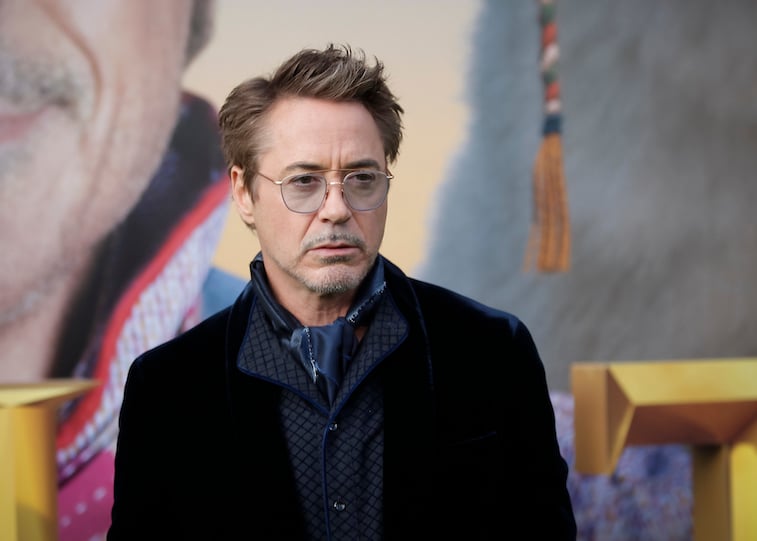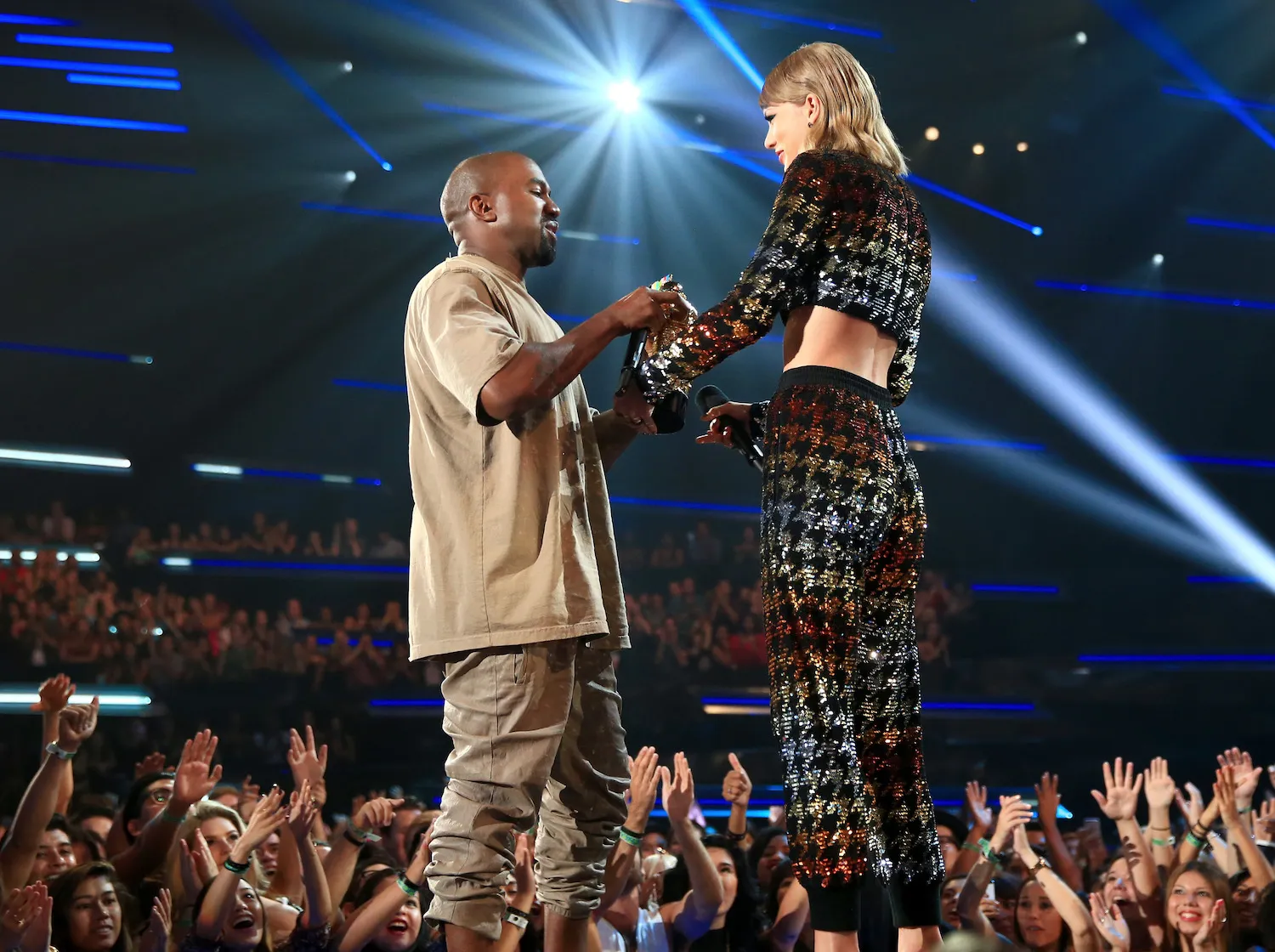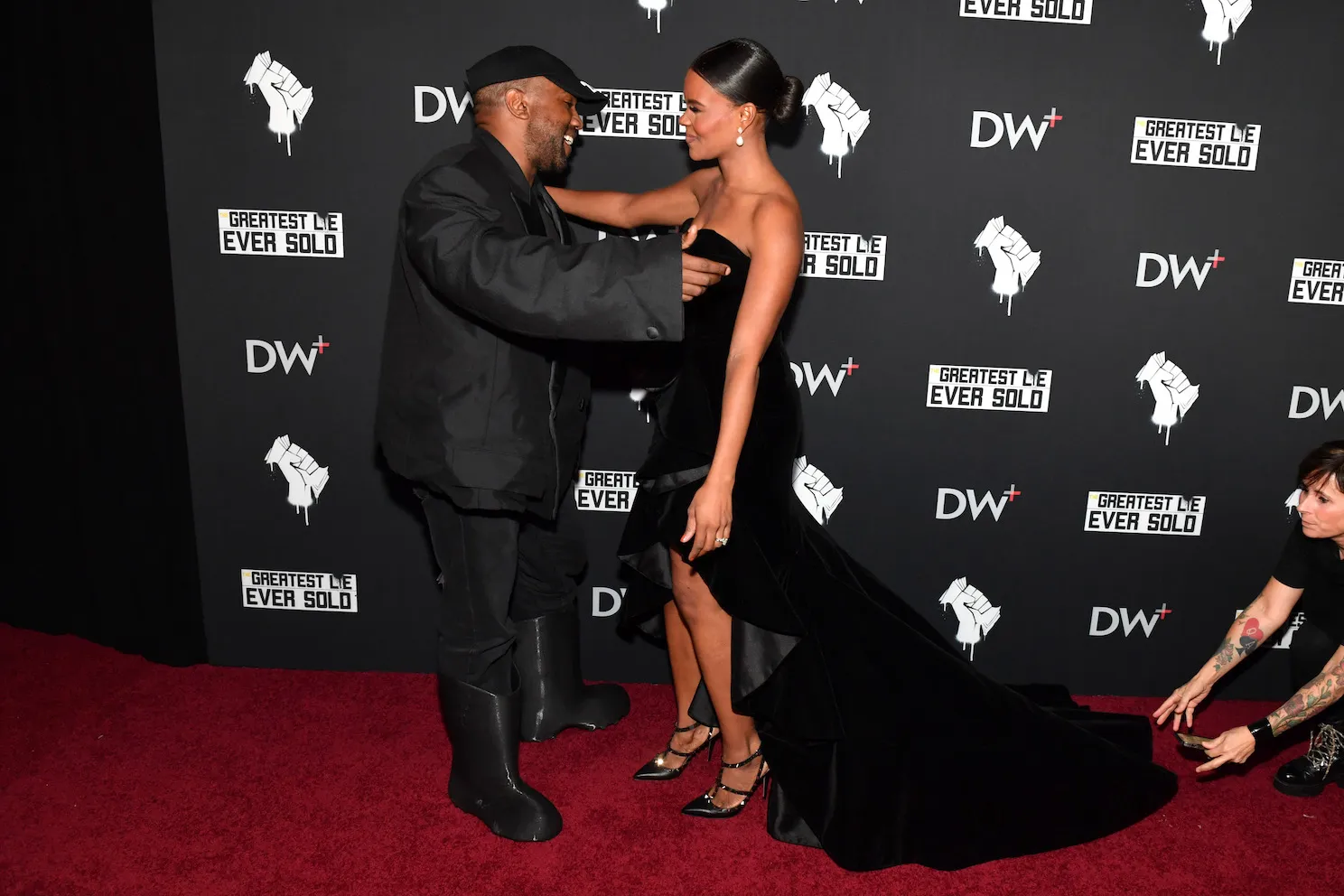Robert Downey Jr. Eventually Stopped Wearing the Full Iron Man Suit During Filming – Here’s Why
Much has been made of the many millions of dollars Robert Downey Jr. has made playing Iron Man. A look at the behind the scenes craft of the Marvel movies indicates that Marvel spent millions to make two different types of suits: Real ones and CG suits.
Both types have always been used concurrently, but in the more recent movies, the tendency has been to use CG outfits, not only for Iron Man but for the other Avengers. For example, the time travel suits they wore in Endgame were CG outfits, even though they may not look like it.
How much of the Iron Man suit was real?

There has been a great debate among movie fans about how much CGI is really needed for an effects-heavy movie. There is a general perception that most big blockbusters use computers to achieve their effects, but some argue the overuse of that looks obviously fake, and that there’s something to be said for still using the real thing.
Consider the very different looks of the Star Wars prequel trilogy, which was largely CG, and the sequel trilogy, which used both.
According to this breakdown on Stack Exchange, the early Iron Man movies tended to use practical suits more often. Over time, however, Marvel began using more CG, first for certain sections of the suit, then later for almost the entire thing. The switch was made for one very simple reason: it hurts to be Iron Man.
The site quotes an i09 article that states, “Robert Downey Jr. basically never wears the full Iron Man suit any more. That suit is really, really uncomfortable and pinchy, says animation director Marc Chu. And whenever you see Iron Man in his armor, that’s a CG rendering of Iron Man, or a stunt man named Clay.
Marvel innovated from the very beginning
While Marvel movies face criticism for being overstuffed CG extravaganzas with no real stakes, history shows the company has taken a thoughtful approach to how it shoots action and effects. Jon Favreau, who directed the first two Iron Man movies, came to Marvel having made films that used practical effects, including Elf, which used forced perspective to make Buddy the Elf bigger than he really was.
Favreau tried to use an approach like that early on, but he also had to consider how to shoot the action. At that time, his movies had not featured a lot of action scenes, so he studied other movies to learn what to do, and what not today, according to Gizmodo.
The article states “He talked about the flying scenes in-depth, and used Stealth as an example of how bad flying scenes can be. They tried to emulate the look of the flying scenes in both Top Gun and Battlestar Galactica that have more of a documentary feel.”
At that time, using a mostly physical suit seemed like the best idea, but times changed, Marvel changed, and so did Favreau.
To CGI or not to CGI?
While some filmmakers like George Lucas swear by CGI, others like Christopher Nolan, try to do as many effects in-camera as he can. His tendency is to use CGI only when he has to. For example, there’s no other way to make Paris fold on top of itself in Inception, other than to use computers. But in the same movie, where characters tumble in a room and appear to be defying gravity, that’s not CGI. That’s a rotating set.
Ironically, Favreau himself has taken to using CGI much more often than he used to. His Jungle Book remake for Disney has a credit at the end that says “Filmed in downtown Los Angeles.”
There was no real jungle in sight. When he made the CGI Lion King last year, he included only one shot of live-action footage; with the rest being created entirely in the computer, with no human actors at all.
Some of Marvel’s upcoming movies, like The Eternals and Doctor Strange in the Multiverse of Madness seem to be relying on more cosmic characters, which require more CGI. On the other hand, they’re making a hero skilled in martial arts with Shang-Chi and the Legend of the Ten Rings, which may favor a more low-tech approach. Leave it to Marvel to always keep the audience guessing.


